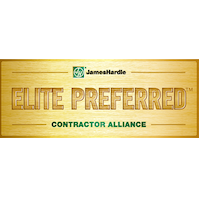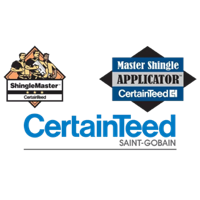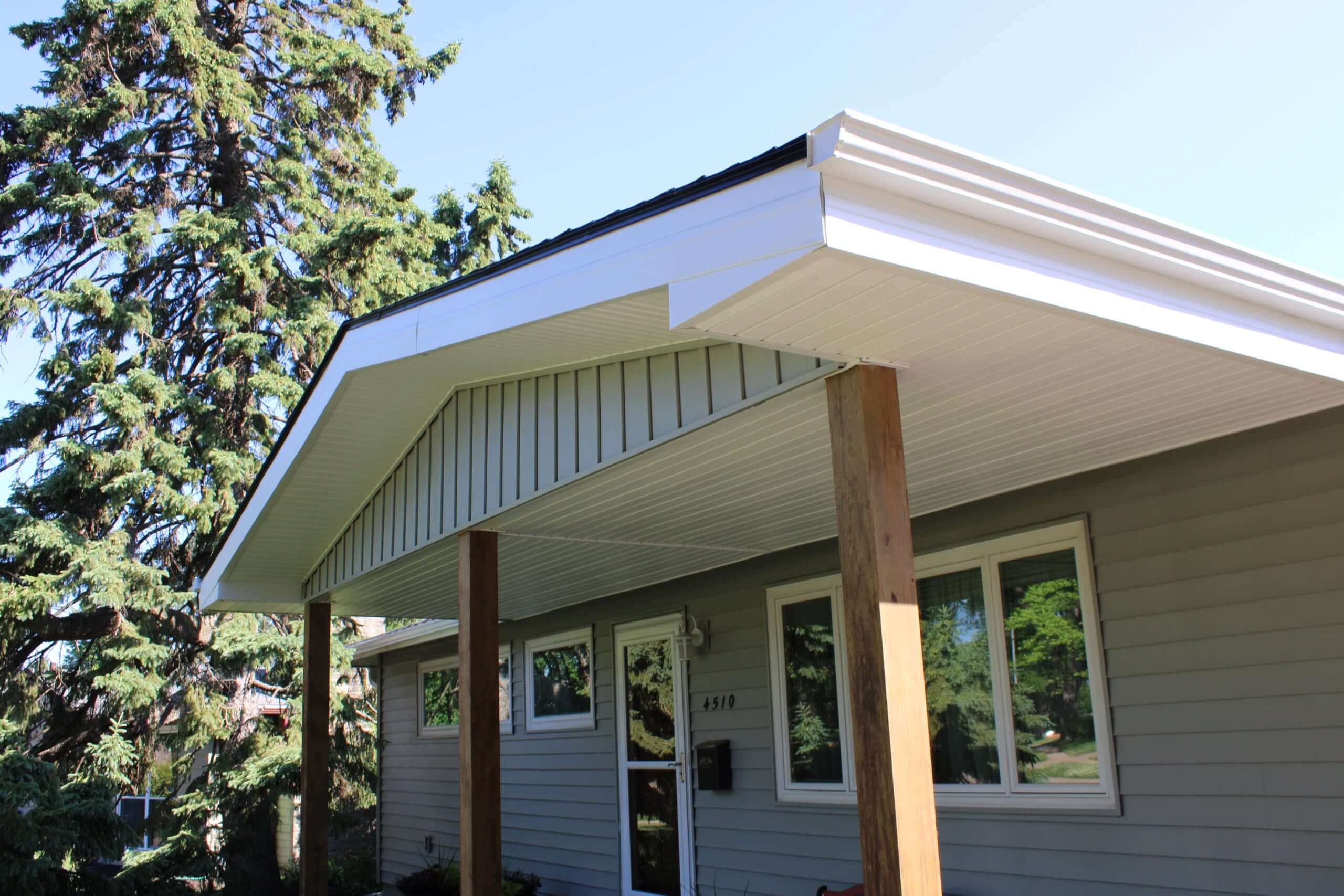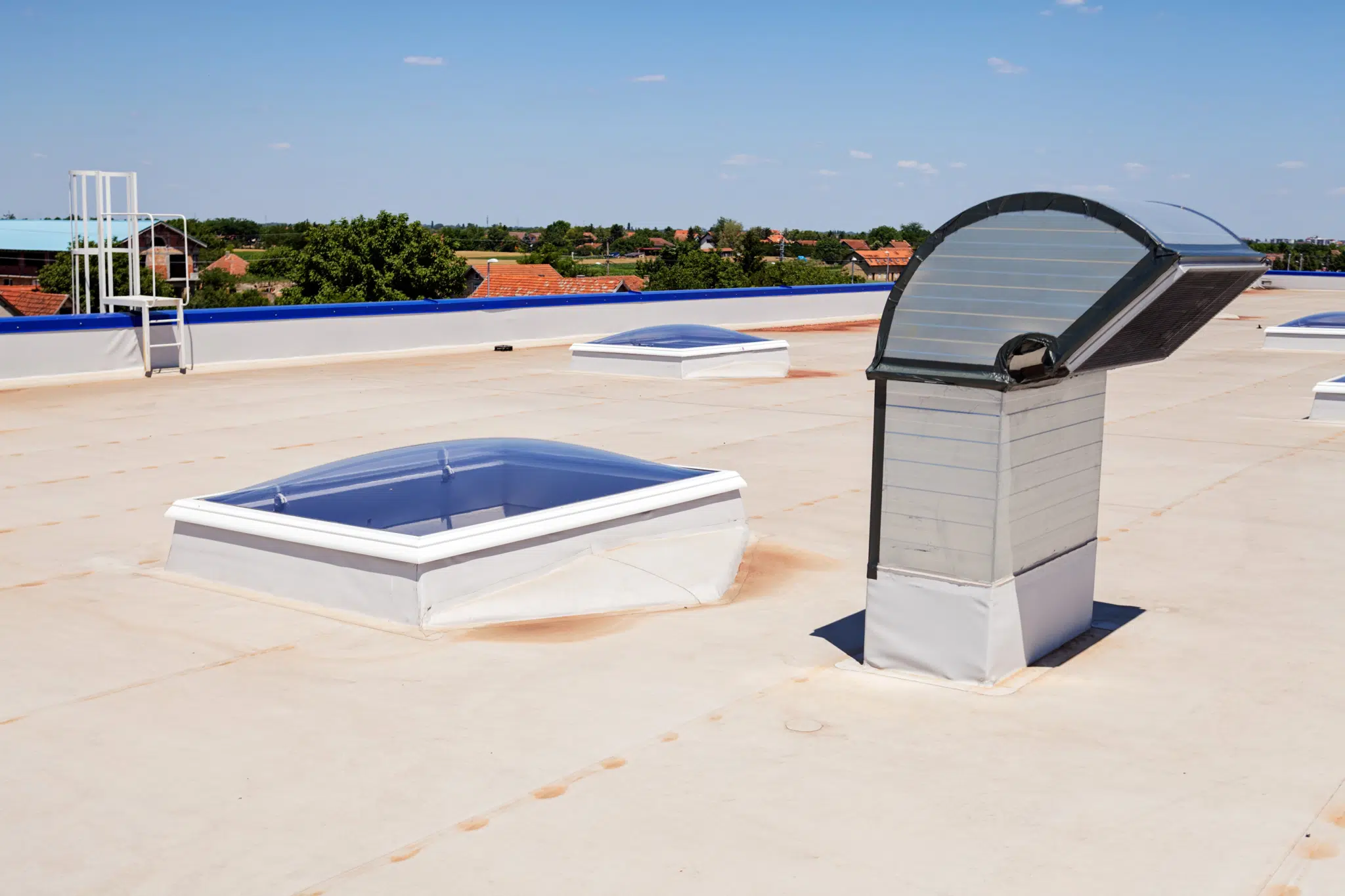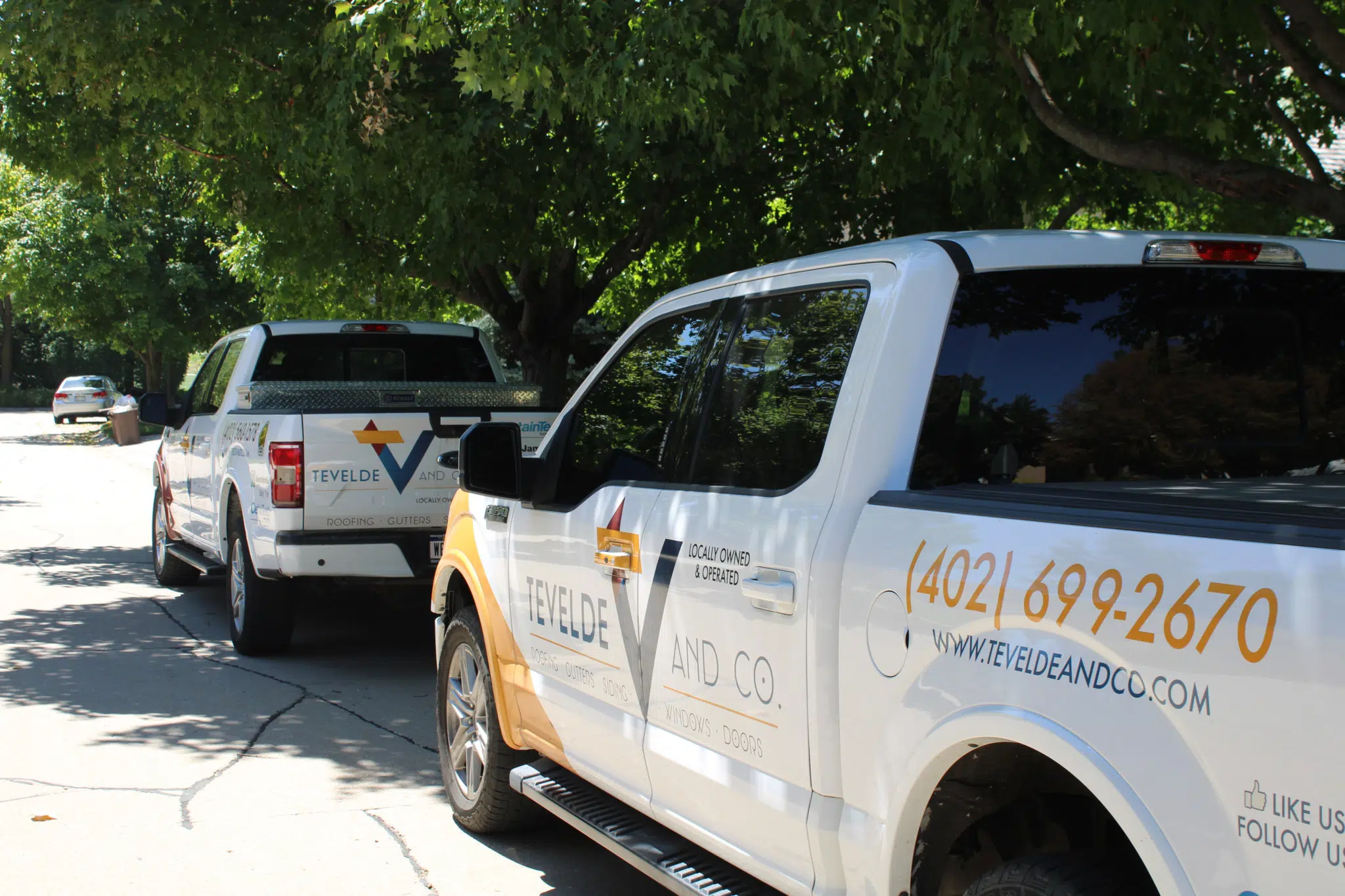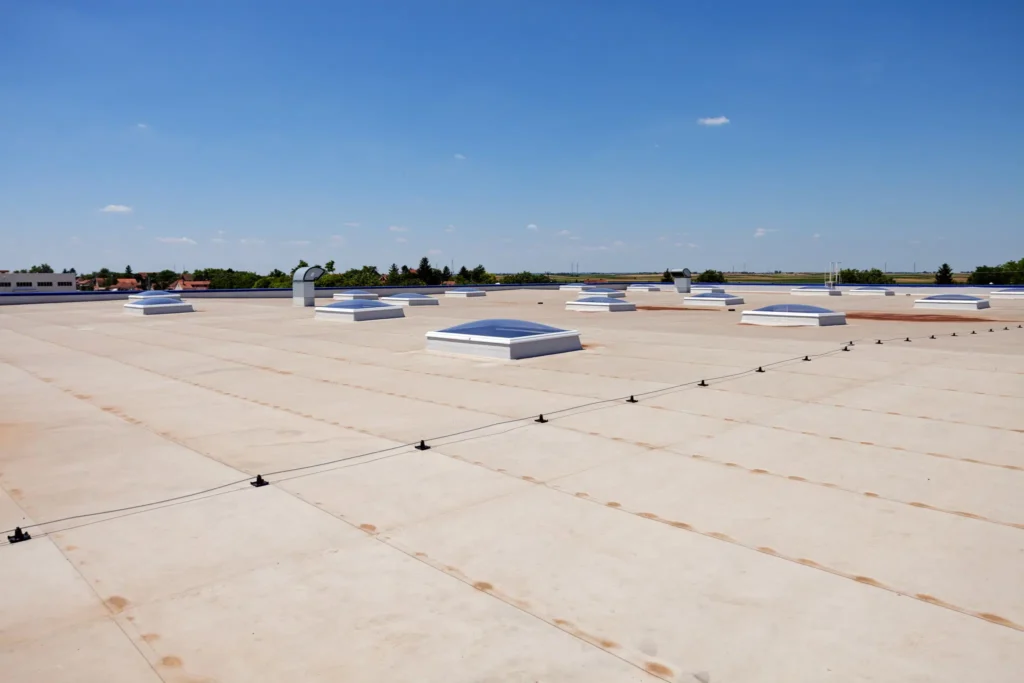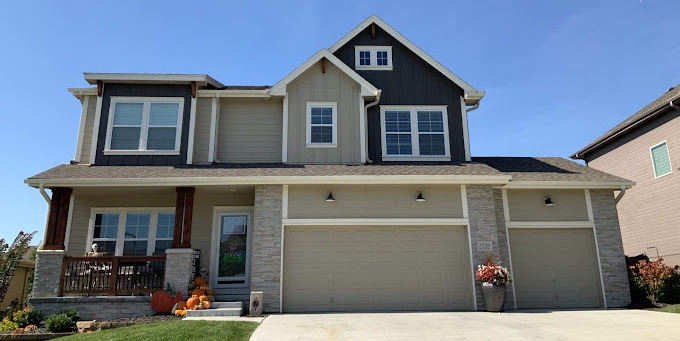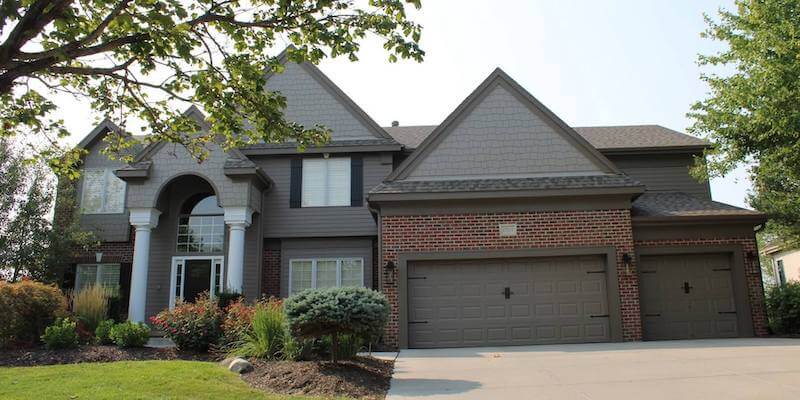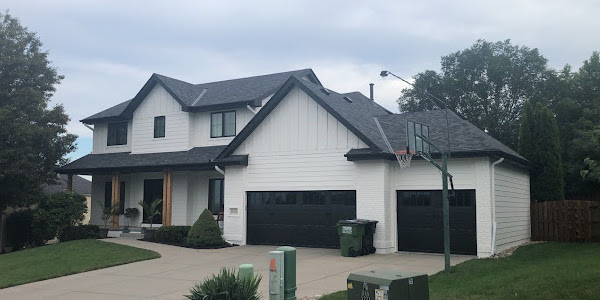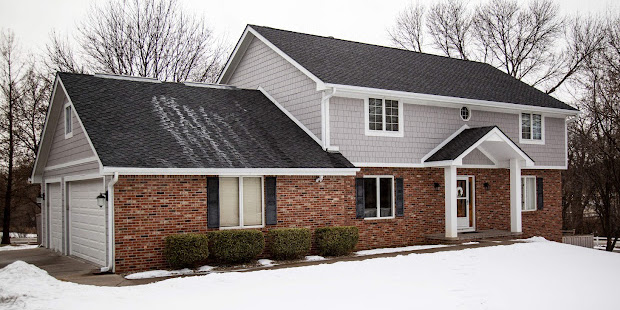What are the Different Kinds of Flat Roofing Systems?
Whether you’re installing a roof on a commercial or residential property, when it comes to selecting a flat roofing system for your building, it’s important to choose the right material that matches your needs. When it comes to flat roofs, there’s no one-size-fits-all solution. Each type of flat roofing material offers a unique advantage compared to the others; for example, metal roofing is more fire-resistant than EPDM roofing, and TPO has fewer seams than BUR systems, resulting in a more water- and leak-free solution. Read on to learn more about the pros and cons of each of the major materials and styles used in flat roofing.
EPDM
Compared to other flat roofing materials, EPDM (Ethylene Propylene Diene Monomer) roofing is one of the most value-packed options. EPDM roofs are, like other kinds of membrane roofs, made from a single layer of rubber that is applied over the entire roofing deck. Primarily available in black, EPDM comes in at a competitive price point with other options on this list. It offers excellent resistance to high winds, has fewer seams than a BUR roof, and is great for complicated roof structures that have a lot of penetrations and walls.
EPDM typically comes in black, which absorbs heat and can contribute to higher energy costs during the summer. While white EPDM is available, it may be more expensive and prone to dirt accumulation. It is also a system where the seams are glued together, which is not as efficient as the heat-weld system you get with TPO.
Single-Ply Membrane Roof
Single-ply membrane roofing is a term that refers to a method of flat roofing where you only have one layer of waterproofing materail, compared to a BUR roof that has multiple layers. Single-ply membranes only use one layer of a rubber-based membrane over the insulation and the roof deck below. Single-ply roofing is simple to install and offers a lightweight, flexible covering at an affordable cost. The most common single-ply roofing materials are TPO, PVC, and EPDM.
BUR (Built-Up Roofing)
Out of the options we’ve covered so far, built-up roofs (also known as BUR membranes) are the most common among homeowners. They offer a durable, long-lasting source to waterproof flat roof portions of your home. Built-up roof membranes, which include modified bitumen roofs, are made up of multiple dense layers of tar, asphalt, gravel, and felt. These materials give the roof membrane incredible strength and durability, along with the ability to match the color of your sloping roof. They come in a variety of colors so that you can match the shingles on your home.
BUR roofs are also relatively easy to repair and offer energy-efficient product lines that offer UV resistance and an energy star rating. The primary drawback of BUR roofs is that they are installed with a seam every 3 feet, making them more susceptible to installation errors compared to a single-ply roof. They can also be installed with either a 10- or 20-year installation system, which, if you’re not clear on which version you’re having installed, might surprise you when you need it replaced sooner rather than later.
TPO
TPO (thermoplastic polyolefin) roofs are relatively new to the industry, though they’ve seen a significant jump in popularity over the last decade. This type of roofing is a single-ply membrane roofing system in that it is a single-layered membrane that is applied directly over the surface. TPO can be installed directly over existing materials or concrete using their fleece-back product line, or it can be installed in the traditional way over insulation boards. Where TPO stands out is how the seams are heat welded together, making a watertight seal across all seams and flashing. This is a significant advantage over other flat roofing products. TPO is purpose-built to reflect ultraviolet light and improve your energy savings and overall efficiency, even when compared to other flat roof types.
PVC
PVC roofing (polyvinyl chloride) offers a compelling combination of durability, functionality, and longevity for flat roofs, particularly those like porches and balconies that experience regular foot traffic. Unlike some other flat roof materials, PVC is specifically designed to withstand foot traffic without puncturing or tearing easily. However, this added durability comes at a price: PVC roofs tend to be more expensive than some alternative materials.
Another advantage of PVC is its use of heat-welded seams. This method creates an incredibly strong and watertight seal, minimizing the risk of leaks, a major concern for flat roofs. With a lifespan that can reach up to 20 years, a properly installed PVC roof offers excellent value over time. So, if you prioritize a durable, walkable surface for your porch or balcony and are willing to invest in long-term performance, PVC roofing material is the way to go.

